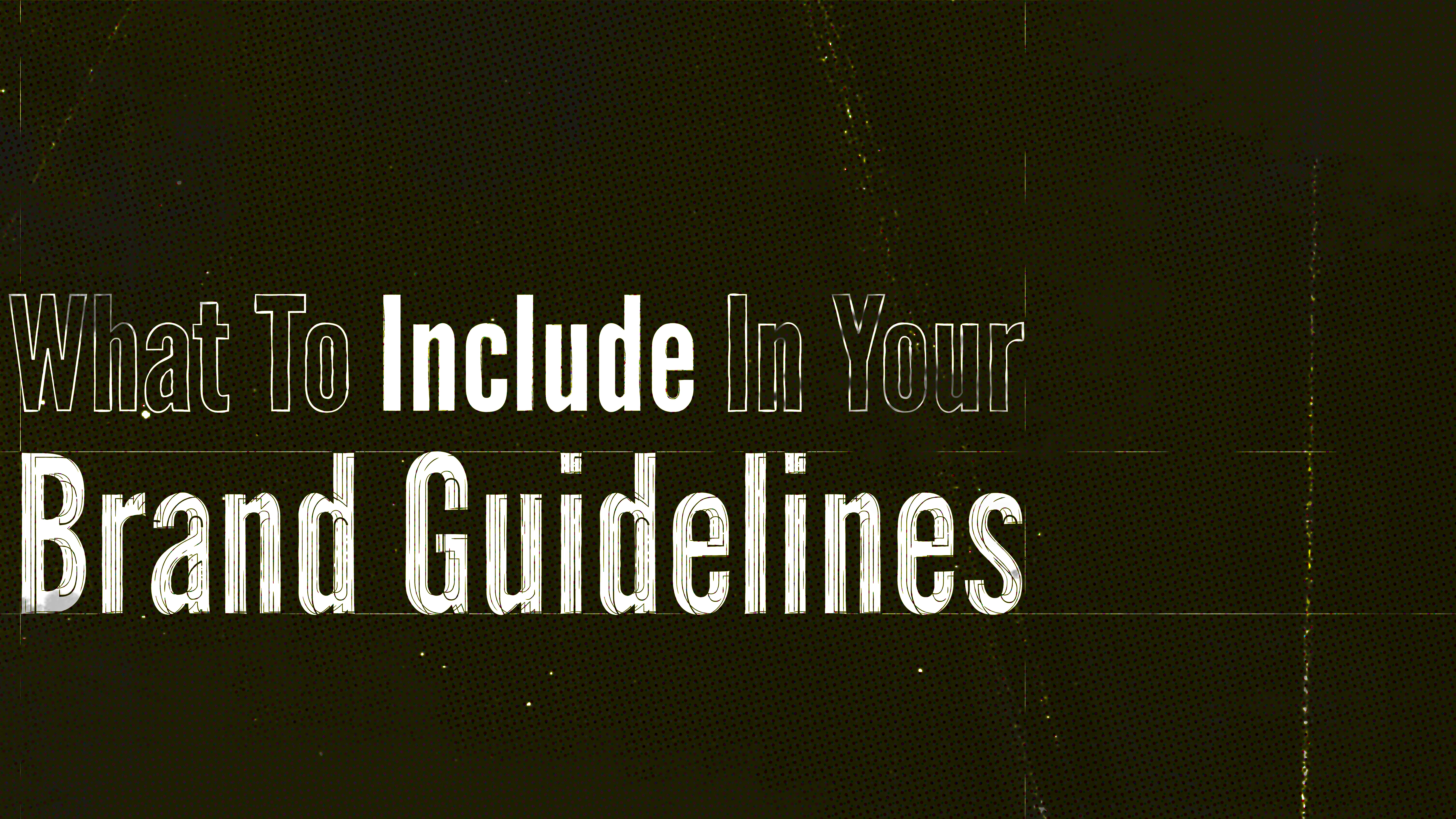// WIDSIX WRITTEN WORD //
What To Include In Your Brand Guidelines
Your brand guidelines are essentially the Bible of your company’s marketing endeavors, and you (and everyone employed with your company) are its loyal worshippers. You must live and breathe the brand. Love the brand. BE the brand. But most importantly: Follow the brand guidelines.
But brand guidelines don’t write themselves. In this article, we’ll tell you exactly what you need to include to craft a comprehensive brand guideline that you can feel confident handing off to the rest of your team.
1. A brief summary of your company’s history, values, and mission.
This is where you will describe the “why” and “how” of your business. This section can include:
- Your mission statement.
- Your core values.
- Your brand’s “personality.”
- A summary of how your company came to be, the history.
This section will really be a description of what your brand stands for. Your team will look to this section to ensure that all marketing endeavors embody and reflect the core values and mission statement of your company.
2. Logo use
This section should be a grouping of images of your company’s main logo, followed by any secondary variations. It’s important that you have at least a handful of variations of your logo, as there will likely be different design and device formattings that will require the logo to be flexible in order for it to blend cohesively into a particular format.
3. Color palette
The color palette is fairly straightforward. It will be composed of your brand’s primary colors which are the main, staple colors, usually 2-3 max. These will be followed by the secondary colors that add depth and variety, without compromising the whole image’s alignment to the brand style. Under each color will be the HEX, RGB, CMYK, and Pantone codes listed out.
Additionally, you will want to include the black and white variations. This is often overlooked, as many believe there is only one true black and one true white. While this is accurate, true black and true white don’t provide much depth. Not to mention, true black has the effect of overpowering surrounding elements and is straining on the eye on digital devices.
4. Typography and fonts
Your brand should have a specific font or typography that is used across all media. Include the specified fonts for:
- Headlines
- Sub-headlines
- Paragraphs
Also include the names of all fonts, where you can access them, and the specifics of the sizing.
5. Image style and photography
Image style and photography is extremely important to include in your brand guidelines, especially since many don’t see the importance in being consistent with imaging. However, photography and imagery plays a huge role in brand identification. To help distinguish appropriate images from inappropriate ones, include a handful of photos under each category so that anyone using your guide can get a strong visual sense of the style you are going for. Proper lighting, composition, and subject matter are especially important to convey in these images.
6. Copywriting style/tone
Establishing a particular writing style and tone is crucial for brand recognition in text-based media like website copy, blog posts, social media captions, and so on. While graphic design and photography convey the visual elements of your brand, the copy is equally as important in setting your company apart from others. The tone should reflect the core values and mission of your brand. Do you want your messaging to be professional? Highly technical? Or would a more casual, laid-back tone fit your brand better?
You will want to include examples of sentences and paragraphs that align with the brand’s tone and writing style so that copywriters are able to emulate it effectively.
In conclusion…
A solid brand guideline will ensure that everything that leaves your desk weaves itself beautifully into the fabric of your company’s image. Keep in mind that the above list is merely a guide to the absolute minimum elements you should include. Depending on your company and the type of work you do, you may want to include more to really round out your guidelines. The more you refine and follow these guidelines, the more effective your marketing campaigns will be in establishing you as a unique, credible, successful, and desirable entity.





